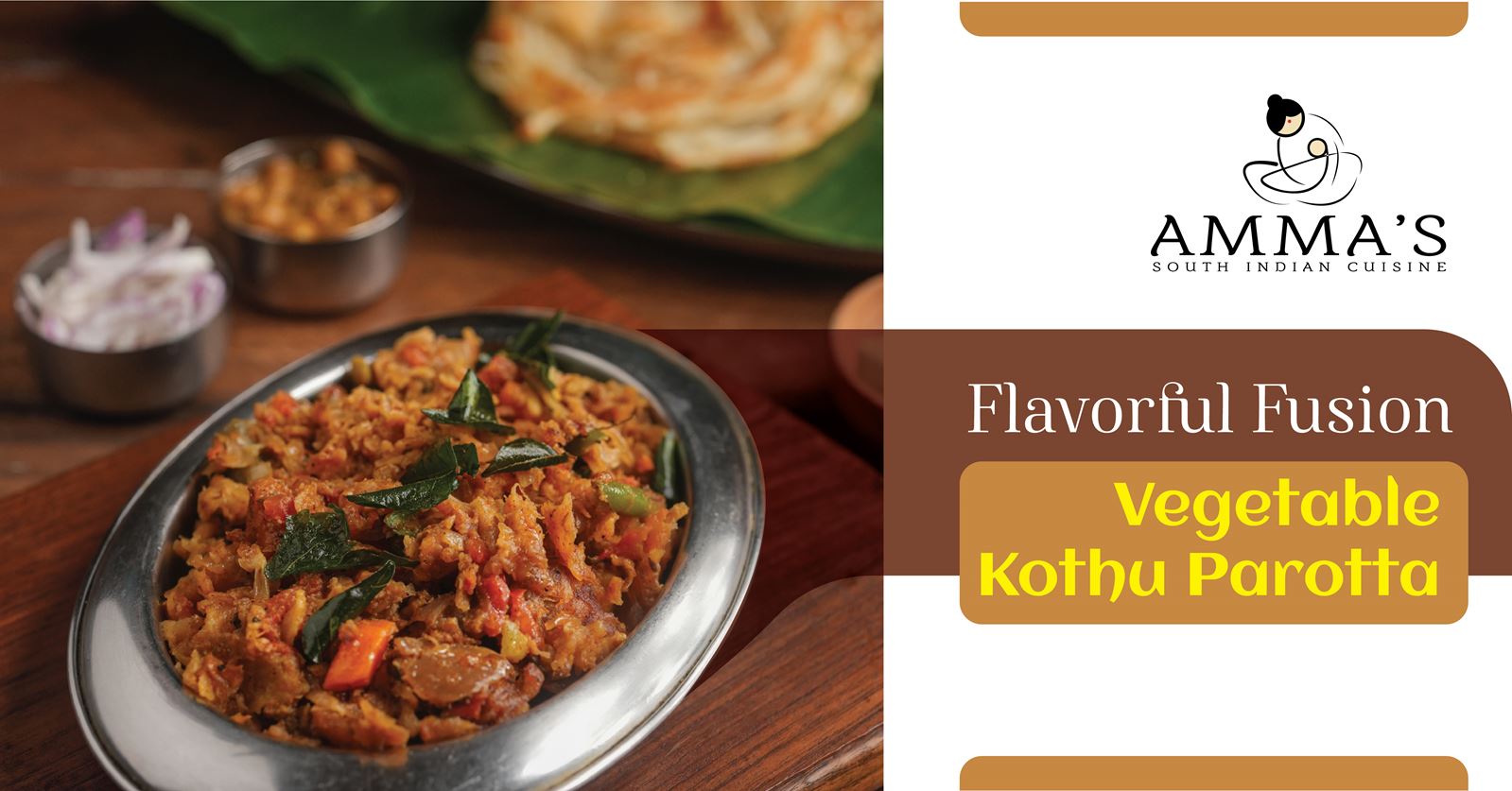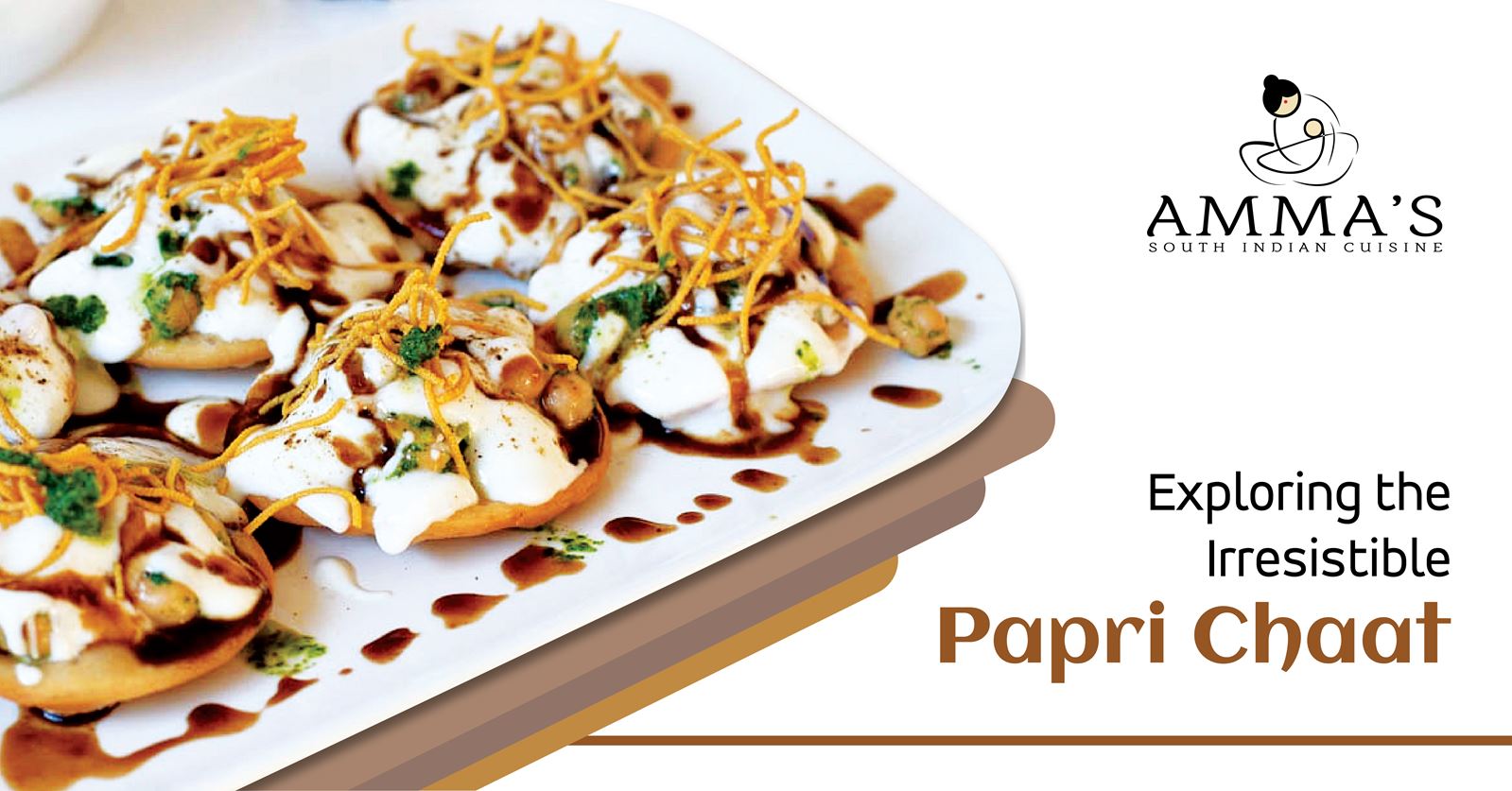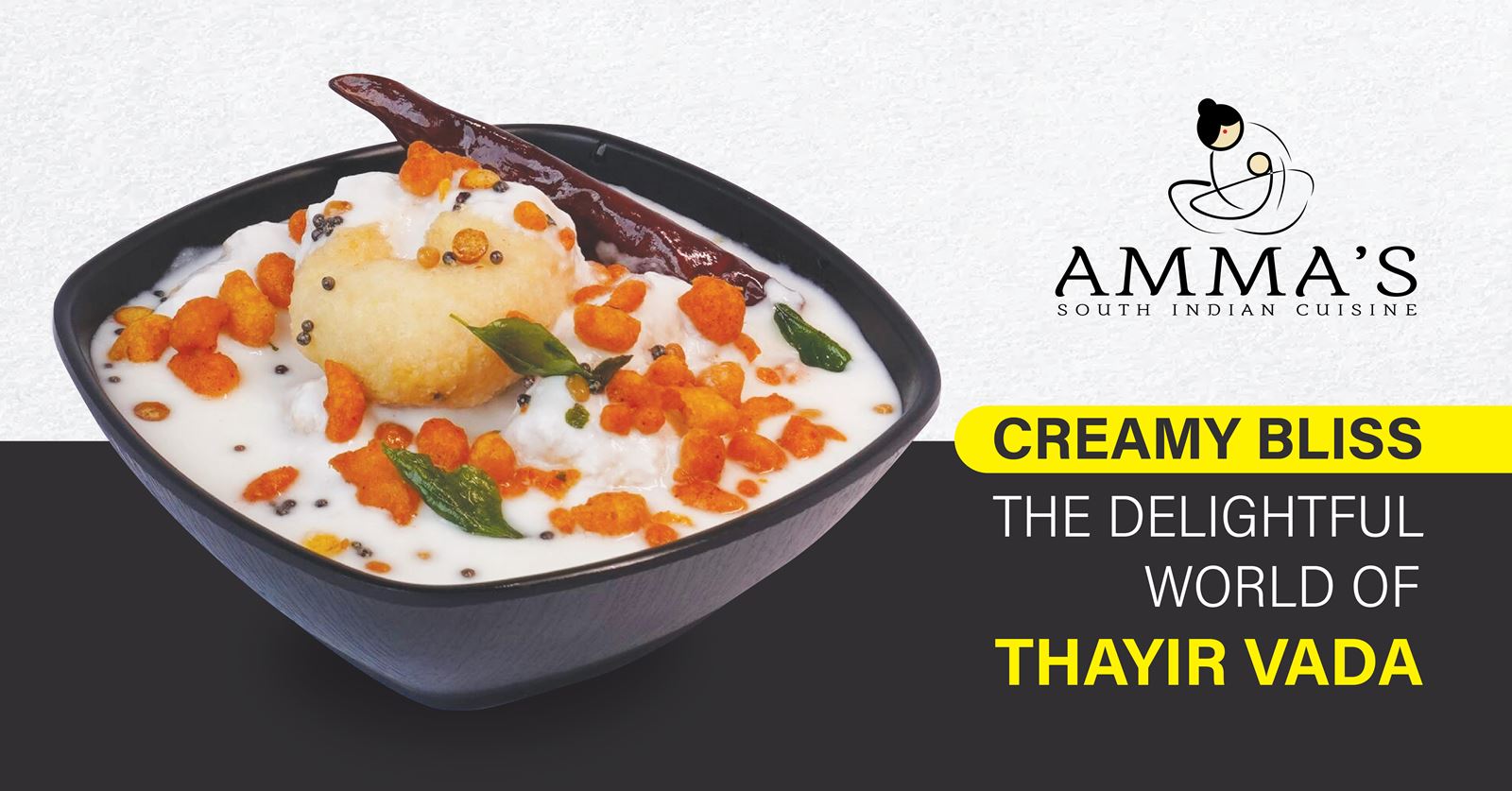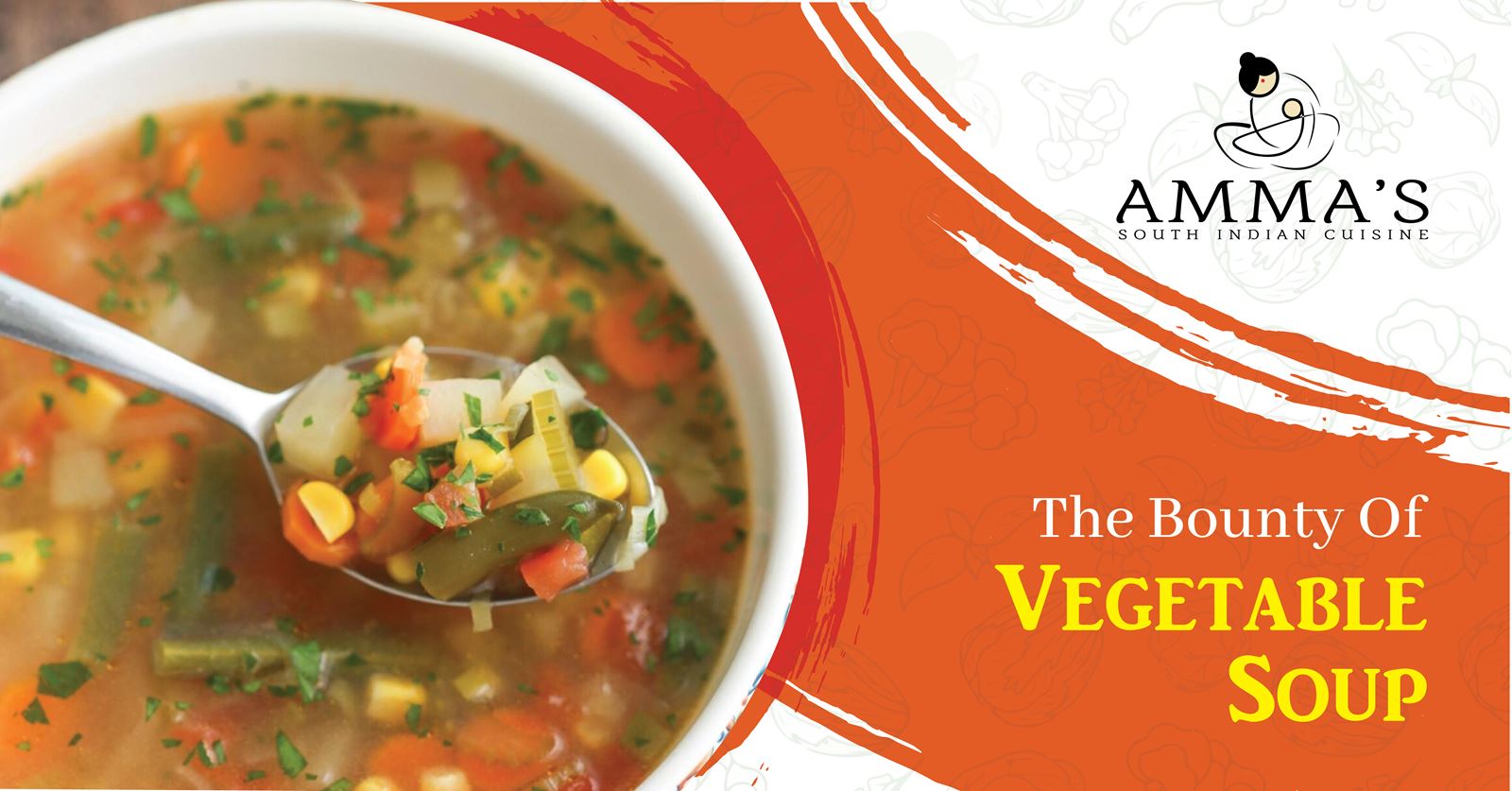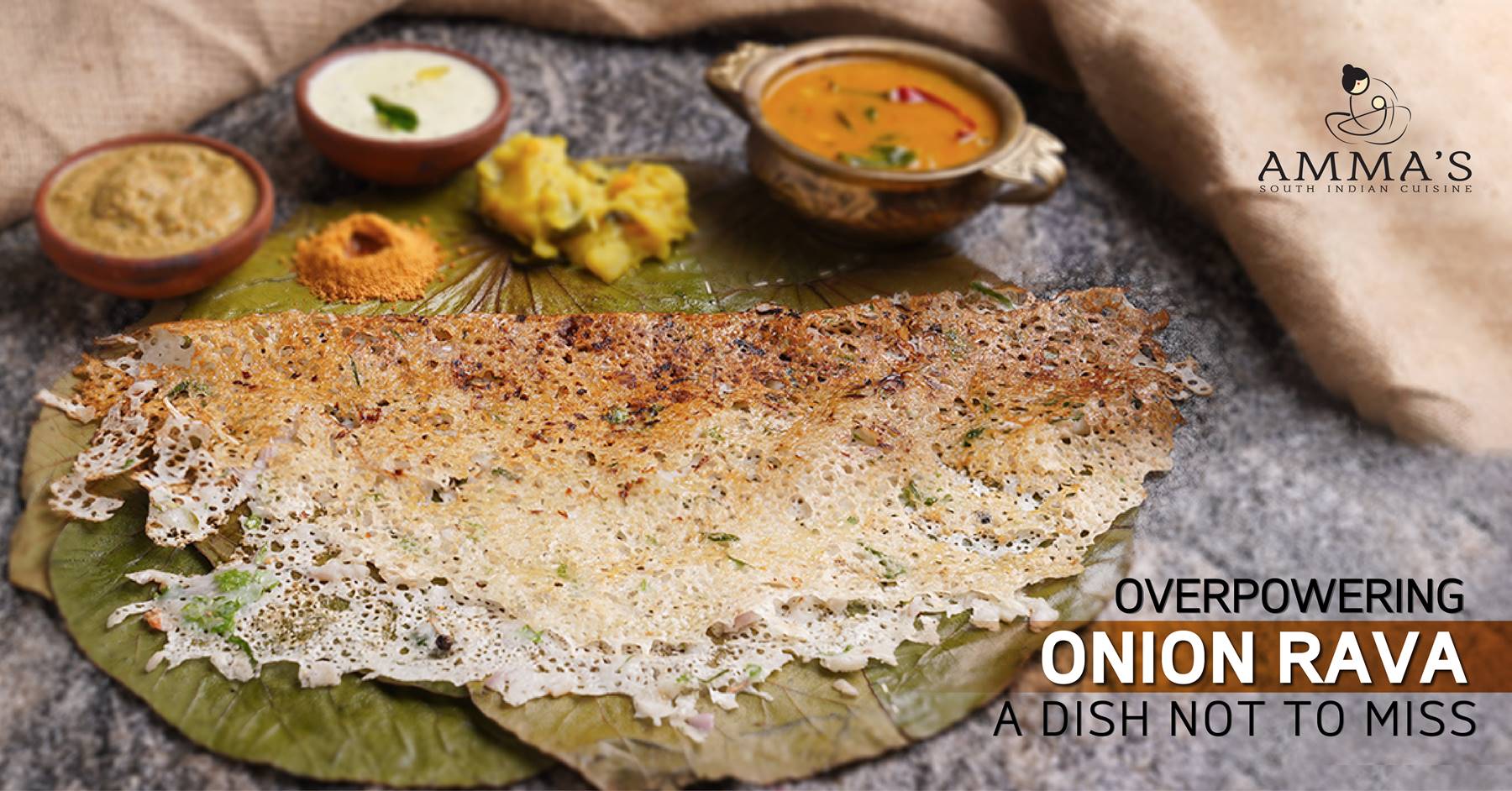
OVERPOWERING ONION RAVA-A DISH NOT TO MISS
A south Indian staple dish, dosa is a great source of complete protein for vegetarians as it comprises of amino acids, beneficial for a healthy lifestyle. Dosa is utensil friendly and can be prepared on a normal pan or any non-stick cookware. These utensils are available in most of the households, making it really simple to prepare this dish.
Rava dosa , a type of dosa is made from a batter that is not fermented, making it healthier without compromising on its taste. It is low in carbs and calories to maintain proper balance in food nutrients. Its main ingredients are unroasted fine Rava also known as Semolina flour. It is a good option for people who want to shed the extra weight and go on a healthy diet. Adding Soya flour or rice flour with Rava increases the calcium intake. Spinach, carrots and various other vegetables can also be added to make it healthier. A versatile dish, that is filling and nutritious, this dish maintains the balance between both taste and health.
Rava is a vegetarian product with 0% cholesterol and sodium. It is rich in dietary fiber, iron but low in fat. It contains a low glycemic index that makes it ideal for diabetics. Rava dosa is very thin and crisp unlike Masala dosa. It is porous, perfectly red and crisp outside and soft inside. It is a good substitute to traditional rice and lentil dosa. Rava dosa seasoned with onions, green chilies and cilantro is thin, crisp, and lacy and tastes delicious when served hot right from the stove with Coconut Chutney and sambar.
Usually, a little quantity of maida is used for binding the semolina and rice flour while making rava dosa. The recipe is vegan. A very thin batter is made using these three ingredients and water. Water can be replaced with buttermilk, but then the recipe would not be vegan. The batter is seasoned with finely chopped onions, green chilies, curry leaves, coriander, grated ginger, cumin seeds, black peppercorn, and salt. The batter is then allowed to rest for 20-30 minutes before making the dosas. Onion rava dosa is thin and crisp and has a lacy texture which makes it different from other dosa varieties. The reason behind this is the dosa batter is very thin and watery. The skillet has to be really hot when the batter is poured. In the case of regular dosa, the batter is poured in the center of the skillet and then spread in circular motion outwards, but for rava dosa, the batter is poured from a little height at the edges first and then in the center. Once the batter is poured, it is not touched with the ladle. The rava dosa is cooked only from one side and is not flipped. Either oil or ghee can be used to drizzle on the dosas as they cook. For a vegan recipe, oil is used.
Head to Amma’s South Indian Restaurant, and fall head over heels in love with Onion Rava Dosa.

